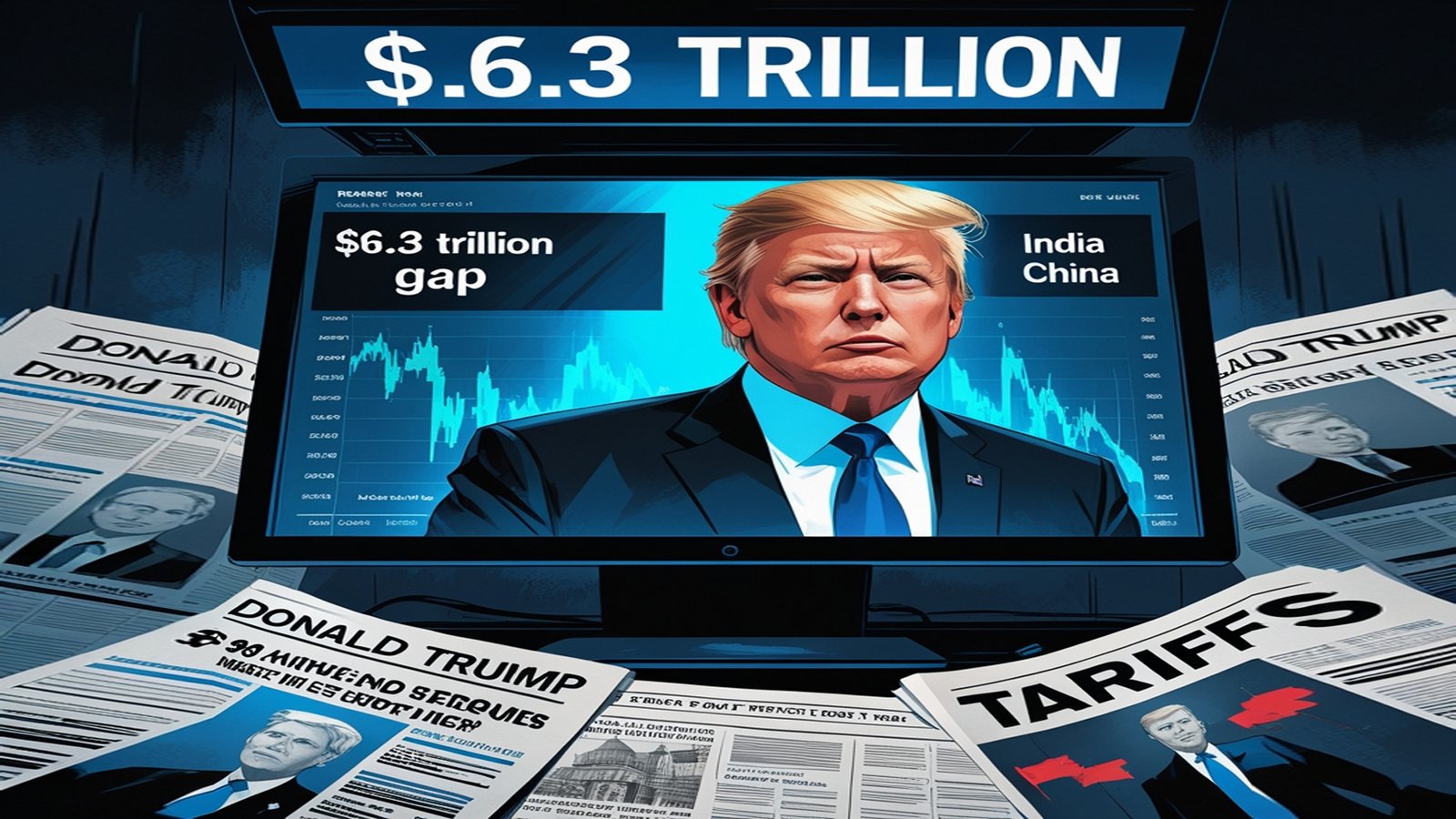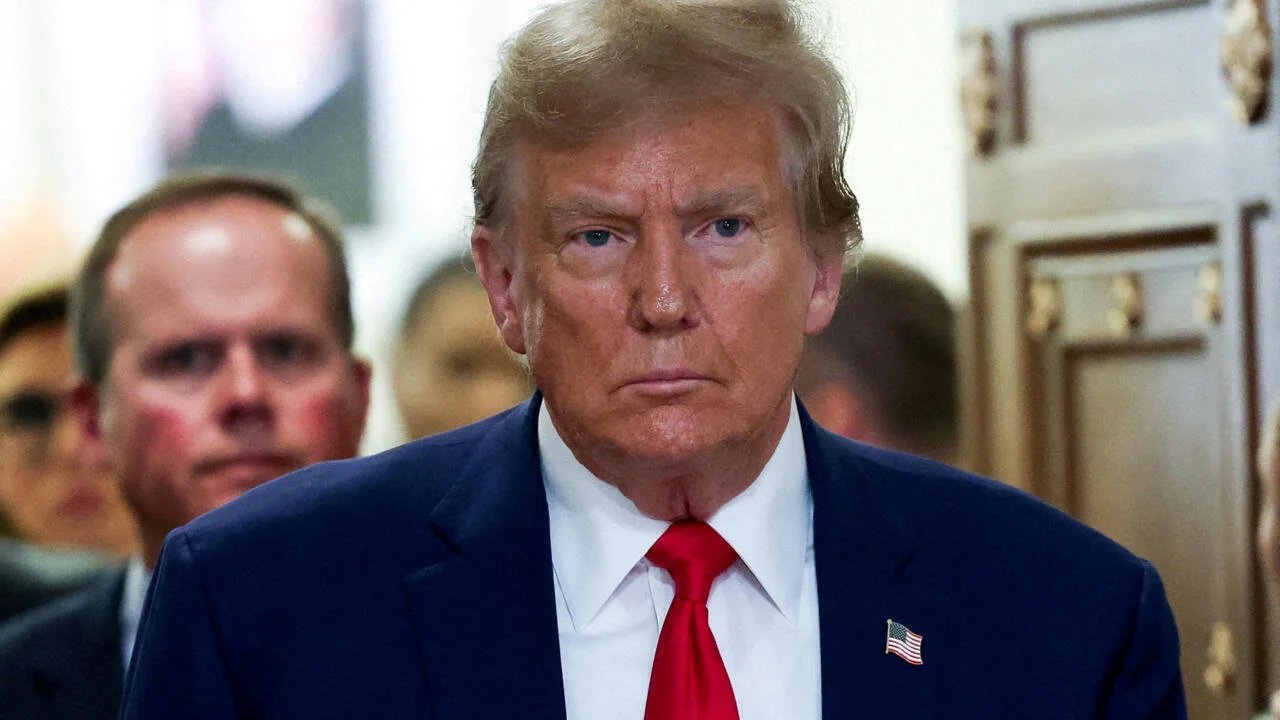Despite near-term pressures, analysts remain bullish on India’s long-term growth, citing demographics and infrastructure investment, with Morgan Stanley and Mark Mobius viewing current weakness as a buying opportunity amid $50 billion in domestic institutional inflows and rising retail market share
India’s hopes of narrowing the valuation gap with China’s stock market have taken a fresh hit following a sharp escalation in US trade tariffs. The combined value of onshore Chinese equities now exceeds India’s market by around $6.3 trillion — the widest disparity since March, according to market data. The MSCI India Index has lagged behind its Chinese counterpart by roughly 10 percentage points this quarter, setting the stage for its steepest annual underperformance since 2017.
The latest setback comes after US President Donald Trump announced a 50% tariff on Indian exports, with half the levy linked to New Delhi’s purchases of Russian oil. The move singled out India, while China — despite importing more from Russia — escaped similar penalties and is instead anticipating an extension of its trade truce with Washington. This targeted approach has dampened investor confidence in India, already strained by high valuations and slower earnings growth. Foreign portfolio investors withdrew about $3 billion from Indian equities in July, marking the largest monthly outflow since February.
Domestic buyers step in amid global shift
Despite the near-term pressure, some analysts remain optimistic about India’s long-term growth, citing demographics and infrastructure investment as key drivers. Morgan Stanley projects Indian equities to scale new highs over the coming decades, while veteran emerging-markets investor Mark Mobius has described the current weakness as a potential buying opportunity. Domestic institutional investors have injected roughly $50 billion into equities this year, bolstering the market alongside retail participants, who now hold a larger combined share of the $5.2 trillion market than foreign funds.
However, global sentiment appears to be shifting toward China. Goldman Sachs has kept a “marketweight” view on India but raised its 12-month target for Chinese equities, maintaining an “overweight” stance on them. Just a few years ago, China was viewed as high-risk due to regulatory crackdowns and geopolitical tensions, prompting many investors to pivot toward India. Now, with easing trade frictions, Beijing’s policy support for innovation, and breakthroughs in artificial intelligence, Chinese markets are regaining favour.
Trade rift threatens India’s manufacturing push
The tariff escalation could undermine Prime Minister Narendra Modi’s push to position India as a manufacturing alternative to China. Analysts warn that prolonged trade frictions may deter foreign capital inflows and slow progress toward industrial expansion. Until tensions ease, India’s equities may remain underweighted in regional portfolios, leaving further foreign selling a possibility in the months ahead.






